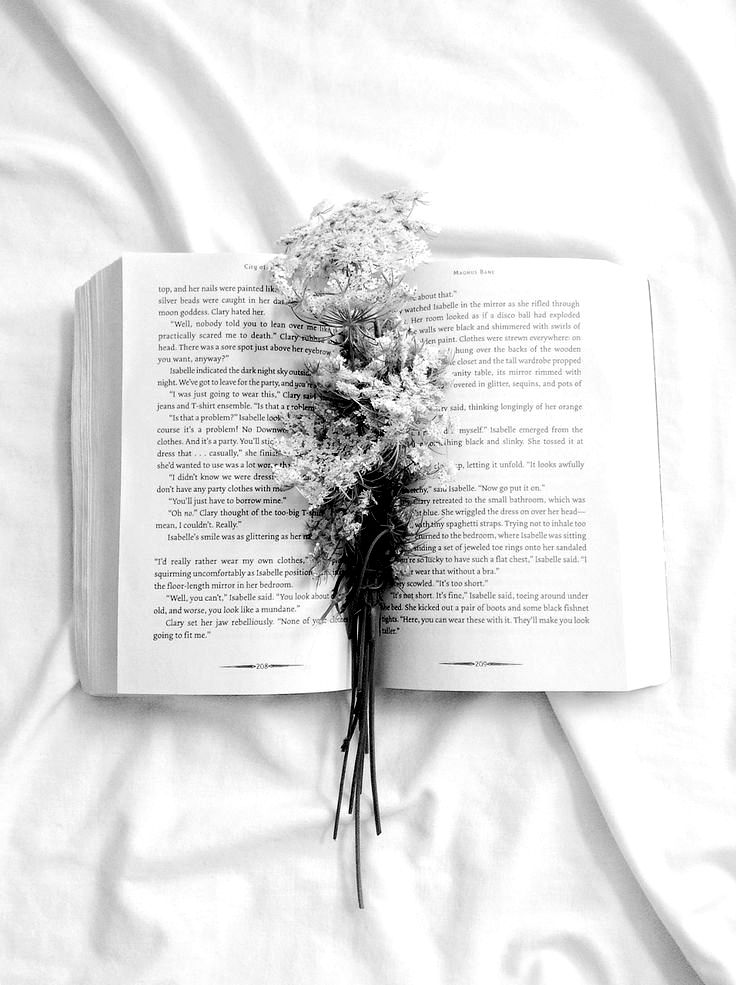What was Goya criticizing with the series of Los Caprichos?
Many of the prints in the Caprichos series express disdain for the pre-Enlightenment practices still popular in Spain at the end of the Eighteenth century (a powerful clergy, arranged marriages, superstition, etc.). Goya uses the series to critique contemporary Spanish society.
What style is Los Caprichos?
The work was a tour-de-force critique of 18th-century Spain, and humanity in general, from the point of view of the Enlightenment. The informal style, as well as the depiction of contemporary society found in Caprichos, makes them (and Goya himself) a precursor to the modernist movement almost a century later.
What technique did Goya use for Los Caprichos?
aquatint
The images are a blend of two techniques: etching and aquatint. In particular Goya’s use of the aquatint process, lending the images stark contrast between dark and light, provides a distinctly mysterious and dark quality to the work. The title, Los Caprichos, suggests invention and fantasy.
Why did Goya create Los Caprichos?
“Los Caprichos” — meaning “follies” or “caprices” — was created during a time when Francisco José de Goya y Lucientes (1746-1828), already revered as the painter of Spanish kings and upper-crust nobility, was suffering from a mysterious illness that seemed to have changed not only his artistic style but also his …
What does El Sueno de Razon Produce Monstruos mean?
the sleep of reason brings forth monsters
El sueño de la razon produce monstruos (the sleep of reason brings forth monsters)
Why is the drawing entitled Sleep of reason Produces Monsters?
Goya’s ‘The Sleep of Reason Produces Monsters’ presents a similar concept; this work praises reason as a work of imagination, such that it is on the basis of the imagination that reason “sleeps”, and the abundance of imagination with an absence of reasoning and logic may produce “monsters”.
What is a Goya etching?
The process involves covering a copper plate with a waxy, acid-resistant ground, then drawing a design in the ground with an etching needle, thus exposing the surface of the plate. Goya is known to have drawn his images on paper first and then transferred them to the plates.
Who commissioned the third of May?
In the work, Goya sought to commemorate Spanish resistance to Napoleon’s armies during the occupation of 1808 in the Peninsular War. Along with its companion piece of the same size, The Second of May 1808 (or The Charge of the Mamelukes), it was commissioned by the provisional government of Spain at Goya’s suggestion.
Did Goya make prints?
While the majority were published posthumously, Unflinching Vision: Goya’s Rare Prints presents a selection of works that Goya himself worked on during his lifetime. By the mid-1790s Goya began to work on Los Caprichos, the first of four major print series that came to define his career as a printmaker.
What does the bat tend to symbolize in Goya’s work?
The bats symbolize ignorance, the owls symbolize folly, and the cat symbolizes witchcraft (Schwendener). Goya believed that imagination and reason should not be separated from one another.
What does aquatint mean?
Aquatint, a variety of etching widely used by printmakers to achieve a broad range of tonal values. The process is called aquatint because finished prints often resemble watercolour drawings or wash drawings. Etched or engraved lines are often used with aquatint to achieve greater definition of form.
When Reason Sleeps monsters are born quote?
Quote by James Randi: “The sleep of reason brings forth monsters”
When did Francisco Goya create Los Caprichos?
Los caprichos are a set of 80 prints in aquatint and etching created by the Spanish artist Francisco Goya in 1797 and 1798, and published as an album in 1799.
When was the first edition of Los Caprichos published?
Los caprichos were withdrawn from public sale very shortly after their release in 1799, after only 27 copies of the set had been purchased. In 1803, Goya offered the Caprichos’ copper plates and the first edition’s unsold sets to King Charles IV in return for a pension for his son.
What kind of paper does Francisco Goya use?
The work is an etching with aquatint and other intaglio media on laid paper. Los caprichos ( The Caprices) is a set of 80 prints in aquatint and etching created by the Spanish artist Francisco Goya in 1797-1798, and published as an album in 1799.
Why was the book Los Caprichos taken off sale?
Nonetheless, the Caprichos were withdrawn from sale after a brief period of time. The work was a tour-de-force critique of 18th-century Spain, and humanity in general, from the point of view of the Enlightenment.
